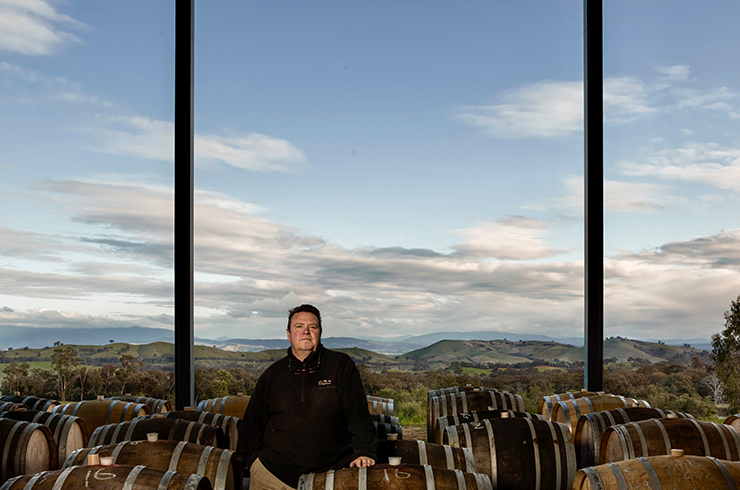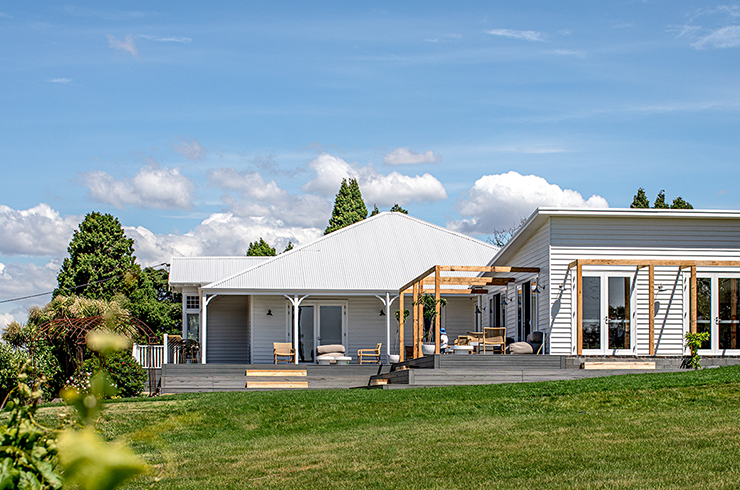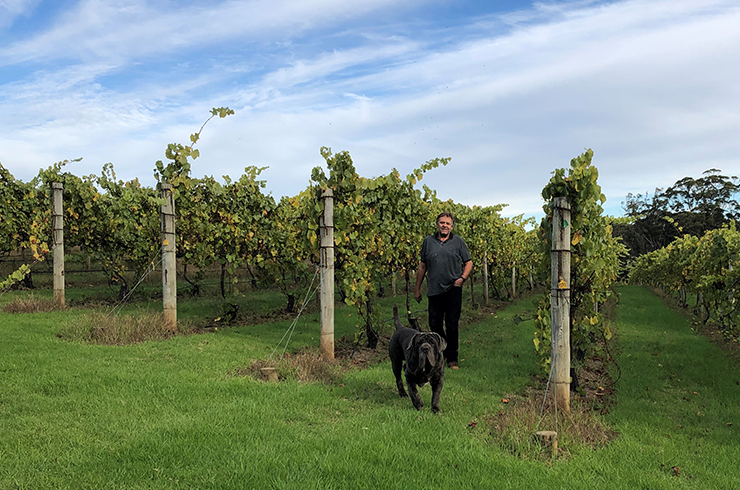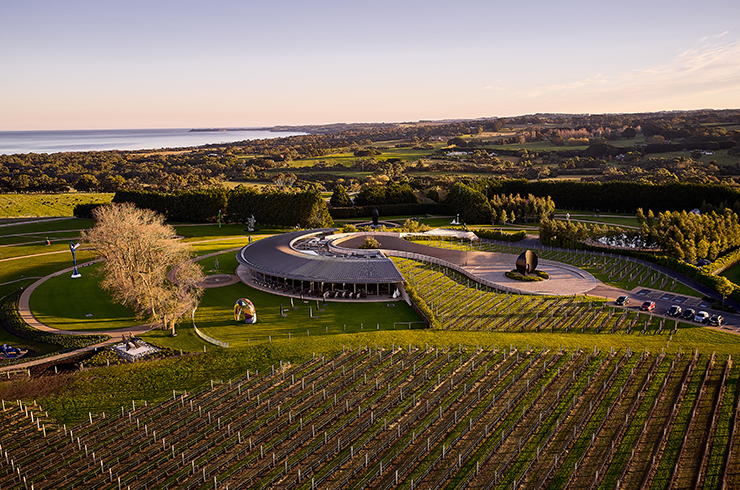Silky soft and with fleshy, juicy red fruits, merlot has a mixed reputation around the world. In Australia, while there are occasionally solid versions of the wine produced (see Hickinbotham Clarendon Vineyard in McLaren Vale for one example), consistent quality is harder to find and therefore not generally sought. In France, on the other hand, merlot is a star varietal. Given the grape's home is the Right Bank of the Gironde river in Bordeaux, this should perhaps come as no surprise.
One place in particular coveted for its merlot is Pomerol. Considered home to some of the world’s best examples, for educated drinkers wanting to understand the style, this appellation's merlot is a must try. What makes it so special? While not many regions have the right elements to make merlot sing, St-Emilion and Pomerol, both on the Bordeaux Right Bank, have the ideal climate and soils to achieve a first-class style.Merlot is the dominant red variety in these regions, alongside lesser plantings of its blending partner cabernet franc. The blue clay of these areas imparts distinctive characteristics – Chateau Petrus in Pomerol is especially famous for this soil type. Unfortunately, there are some prohibitive factors to trying these premium merlot wines. The first is cost. The aforementioned Petrus is priced at around $3000 a bottle, which is no chump change. The other barrier is access. The limited release of such wines means they’re rare, especially in Australia.
Langton’s has access to a network of producers in Bordeaux, one of which is Guillot-Clauzel. Guillot-Clauzel is what’s known as a garagiste or ‘garage’ producer, which means high-quality wine made in a minimal, ‘backyard’ style. This tiny estate is located in the heart of Pomerol and is home to the prized blue clay soils typical of the area, as well as more common types. Only a hectare of the site (more than half its total size) goes to the Guillot range, producing about 14 barrels (or around 4000 bottles) each year.
The interesting thing about Guillot-Clauzel is that the vineyard sits in the centre of a triangle encompassing Le Pin, Nenin and Trottanoy. It covers three different aspects of Pomerol in this location and produces a merlot similar in style to the ultra-premium Le Pin – minus the cost of $1000-plus per bottle. Langton’s has an eclectic, back-vintage selection of Guillot-Clauzel merlot available, offering the opportunity to taste Pomerol at a fraction of the usual price. We chat to Langton’s brokerage manager Pierre Durand about the vintages:
Guillot-Clauzel Merlot 2003-2010
2003: “This was a very warm year – one of the warmest on record in France. Many producers learned what worked well in the vineyard and what didn’t in that year, because in France you’re not allowed to use irrigation sprays. When we tried the Guillot Clauzel ’03, it was surprisingly fresh, with good fruit and the tannins in place without being harsh. This is ready to drink now, but will last for a couple of years yet.”
2004: “This was a cooler year. The Guillot Clauzel ’04 is probably the most elegant and approachable of the pack. Ready to drink now or soon.”
2005: “This was a perfect vintage for Bordeaux and produced a wine with at least another decade of life. Lay it away to see what ageing can do for Pomerol merlot.”
2008: “A classic Bordeaux vintage. Ready to drink now or in the next couple of years.”
2010: “This was another perfect vintage. The ‘10 will probably most appeal to New World wine drinkers in its design – a more rich, generous style, which Guillot Clauzel is known for in general. This will last for 15 to 20 years for those who can wait.”
This selection provides the chance to try prized Pomerol wines across the years, as well as a niche producer that’s not usually available in Australia – an exercise that’s likely to make you see merlot in a different light.
Sign up to view these tasting notes and ratings
By becoming a member of Wine Companion, you'll have access to the largest database of wines in Australia.



